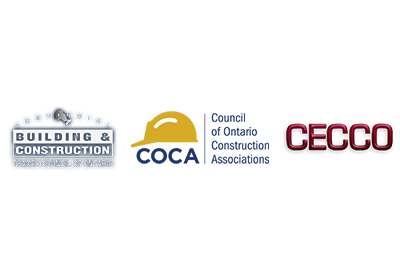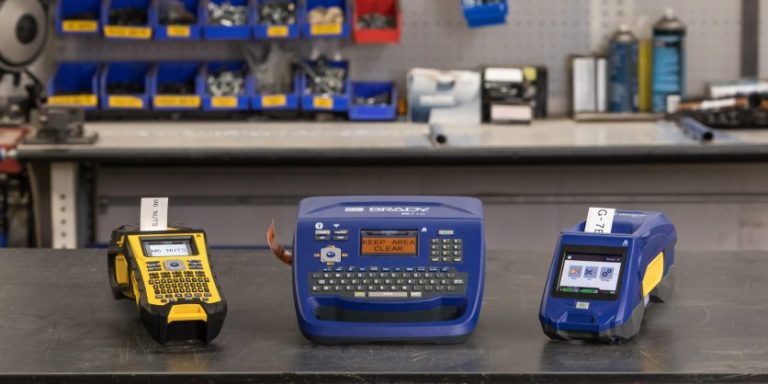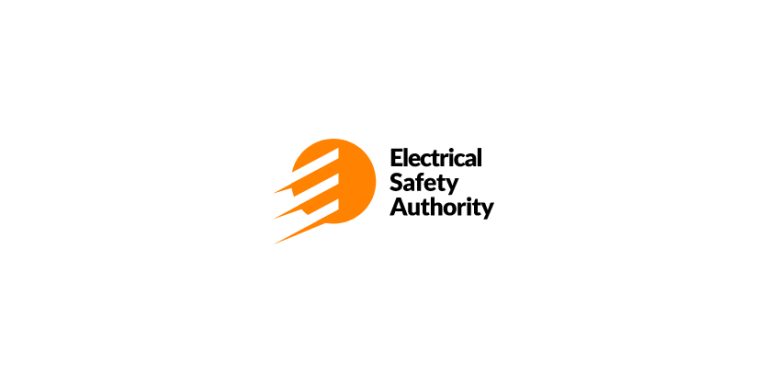Workplace Practices To Prevent Omicron Variant of COVID-19

January 5, 2022
On December 15th, Ontario Premier Doug Ford announced that starting on Monday, December 20, 2021, everyone 18 and older will be eligible to book their booster shot. The Ontario government is also reducing the required waiting period between a second dose and a booster to three months from the original six months. The Ontario government also announced capacity limits of 50% on venues that would normally hold 1,000 people or more; this includes sports venues, entertainment facilities, event spaces, and casinos.
The emergence of the Omicron variant of Covid-19 has dimmed hopes that the pandemic will soon fade away and once again, has employers and construction unions pondering how we can fulfill our mutual obligations to keep our workforce safe and to meet business needs. Projections indicate that the Omicron variant of Covid-19 variant will likely be our hardest wave to date.
Considering the increased transmissibility of the Omicron variant, it becomes even more critical for all the workplace parties not to let our collective guard down. With any increase in workplace cases, we run the risk of the construction sector being shut down. We must be diligent with our safety practices to reduce the possibility of a Construction Industry partial / full shutdown.
The good news is that as the virus has evolved, construction employers and unions have honed their strategies to keep infections in check. By continuing to be creative, flexible, and adaptive in our approaches, we can contain the threat now and handle other outbreaks if other variants arise.
The Ontario Building Trades and all its employer partners firmly believes that vaccination and regular testing remains the best way to prevent serious illness, hospitalization, or death from Covid-19, and those who are vaccinated are six times less likely to be infected, 12 times less likely to be hospitalized, and 14 times less likely to die of Covid-19. Additionally, a booster dose is recommended for people who are fully vaccinated and whose immune response weakened over time.
That said, a workplace cannot take a “one size fits all” policy and the requirement to be vaccinated or additional booster shots is just one part of workplace measures to prevent the spread of COVID-19. Workplaces need to continue to take a risk-based analysis and determine what the best safety measures are to be implemented irrespective of vaccination status. Among the measures that are strongly recommended are the following:
- Before workers enter the worksite engage in symptom screening.
- Implement rapid antigen COVID-19 testing 2 to 3 times a week or more depending on the circumstances for all workers vaccinated and unvaccinated.
- Wherever possible to modify work schedules to stagger work, provide alternating workdays or extra shifts to reduce the total number of workers on a job site at any given time.
- Restrict access to reduce the number of workers in enclosed and confined areas at one time.
- Confined and enclosed areas (e.g., trailers, small rooms in buildings under construction) should be identified and access should be restricted to essential personnel only.
- Enclosed spaces (e.g., toilets, break areas) are potential transmission areas and should be treated accordingly. Time spent in these areas should be minimized.
- Rearrange administrative area workstations so that workers can stay at least 6 feet away from other workers.
- Install shields or barriers, such as plexiglass barriers, where possible.
- Remove or rearrange chairs and tables or add visual cue marks in break areas to support social distancing practices between workers. Identify alternative areas to accommodate overflow volume.
- Disinfect break or lunchroom areas between each group using the areas.
- Maintain social distancing when visiting lunch trucks or construction site vendors.
- Limit casual (social) conversations that normally occur at work and during smoke breaks. During smoke breaks workers should always maintain a safe distance of at minimum 6 feet apart.
- Workers and everyone on site should always be required to wear “masks or face coverings.”
- Both masks and eye protection must be worn when working within 2 meters of another worker (both inside and outside). This is a requirement even when both workers are wearing masks.
- It is also important to note that prescription eyeglasses without side shields would not be considered adequate eye protection.
- Workplaces and Unions should discourage carpooling.
- Additional Measures for Toilet Facilities. Poor sanitation is a major cause of disease and can be a serious occupational health risk.
- It is the responsibility of employers, owners, builders, constructors, suppliers of equipment, and supervisors to ensure that all workplace parties comply with the provisions of the OHSA and the regulations in order to protect workers from hazards in the workplace including the protection of workers from infectious diseases due to inadequate sanitation on construction projects.
- Wherever reasonably possible, water flush toilets that are connected to a sanitary sewer should be provided on worksites.
- The condition of toilets on worksites must be regularly monitored to ensure they are maintained to a high sanitary standard.
- Soap/paper towel dispensers, hand dryers and hand sanitizing stations on site must be checked frequently and replenished as needed.
















